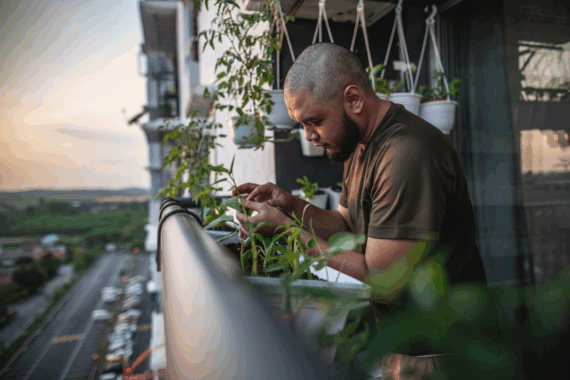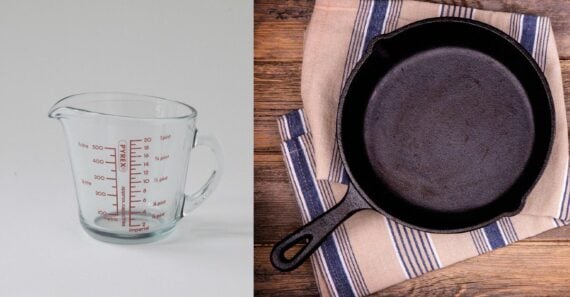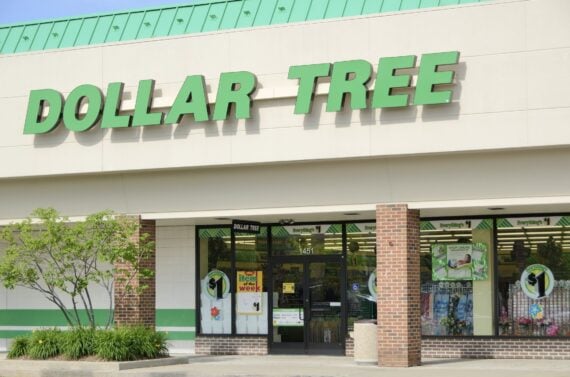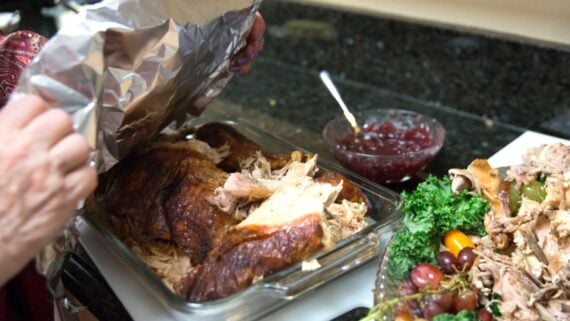Going to the grocery store is easy, but a garden is a frugal way to eat fruits and veggies that gets you way more for your money. Having your own garden doesn’t have to be pricey. A great garden can be done without buying expensive tools, plants, or hiring anybody to help. Here are 22 ways to make gardening even cheaper.
1. Join a Community Garden
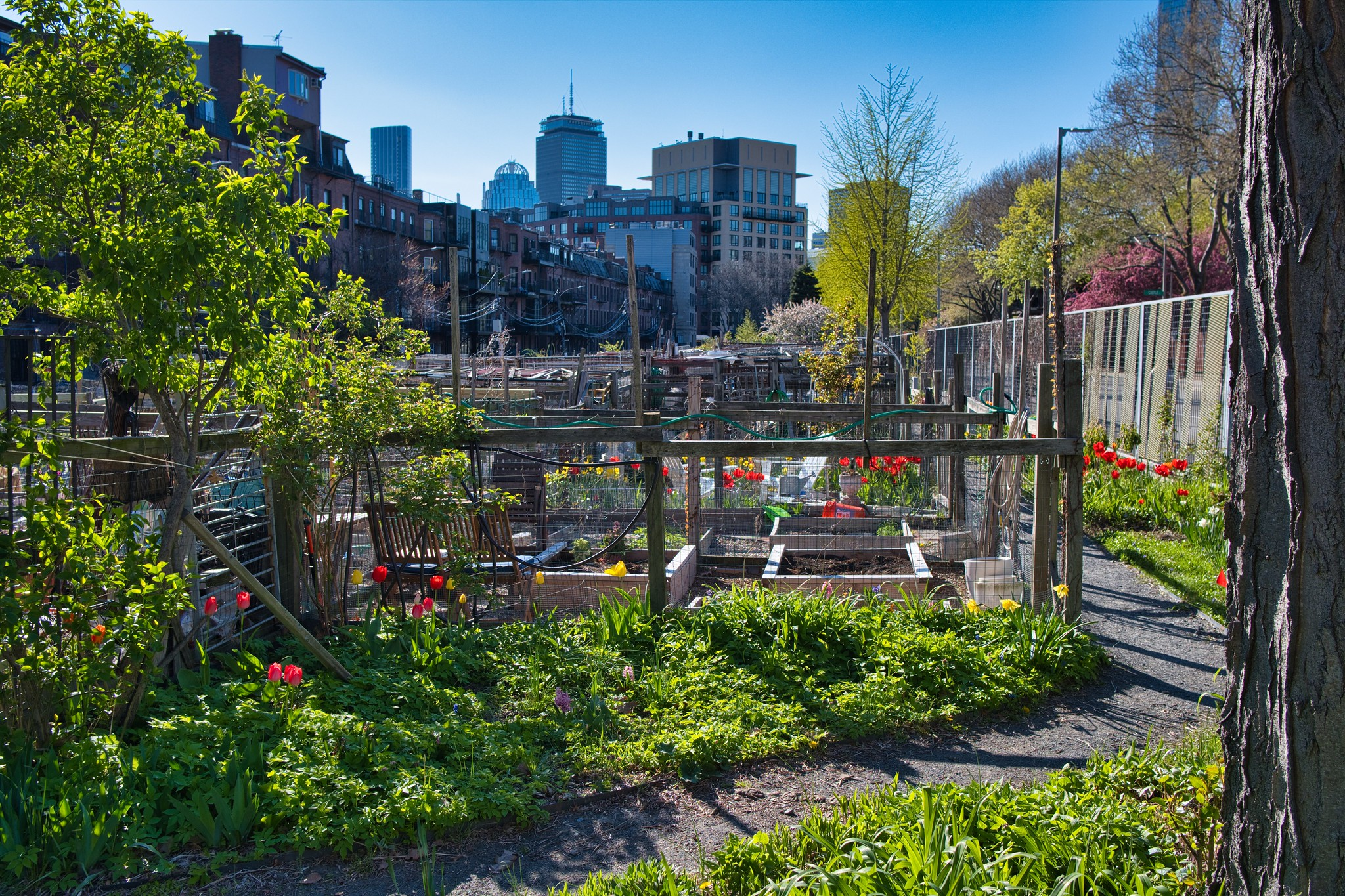
Community gardens are usually free or cheap for members. You’ll find like-minded people who often are willing to swap or give away seeds and cuttings, as well as have plenty of tips for gardening on the cheap.
2. Start With a Window Garden
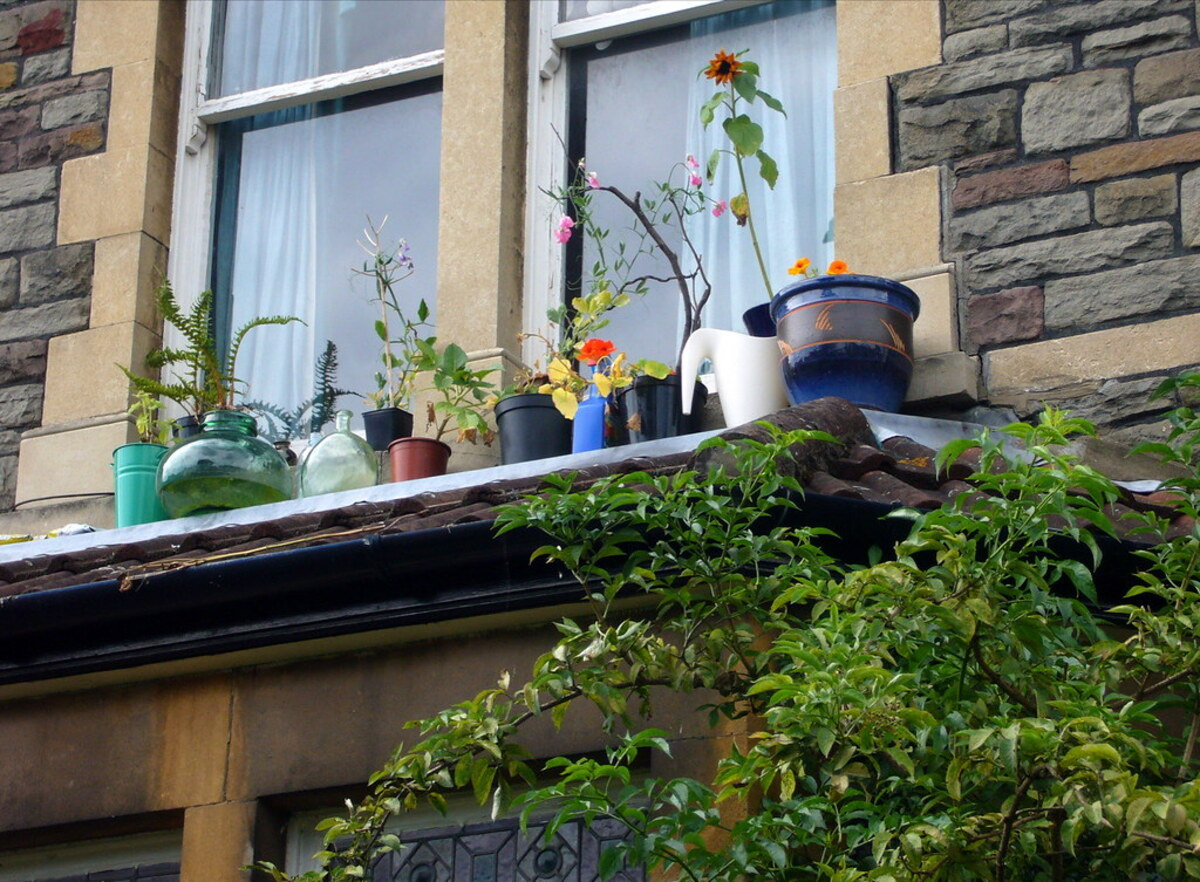
Start small with a few containers that would normally go in the recycling bin. Sauce jars, yogurt containers, and plastic bottles cut in half all are free ways to house plants and seeds.
3. Make Sure Your Soil Is Ready for Your Garden
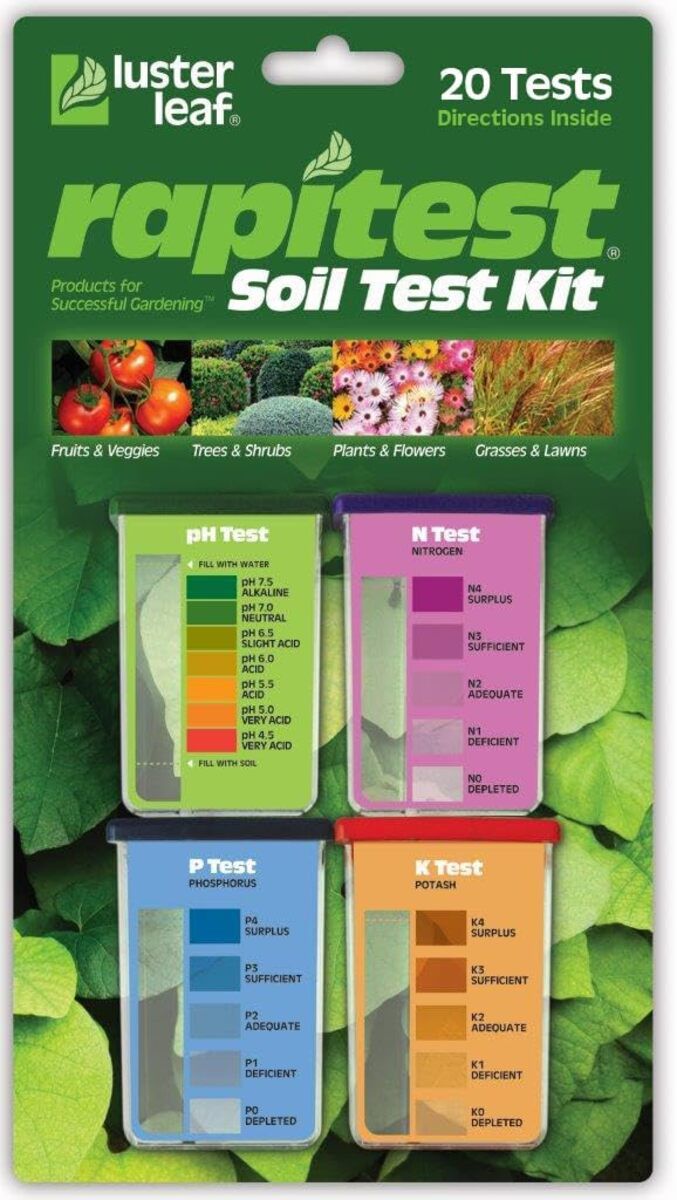
Before spending money and time, it’s worth doing a cheap soil test, because the condition of your soil can keep plants from growing no matter what you try. Soil tests, which you can buy on Amazon, generally cost around $2, but can save you much more money in the long run.
4. Buy Small Plants
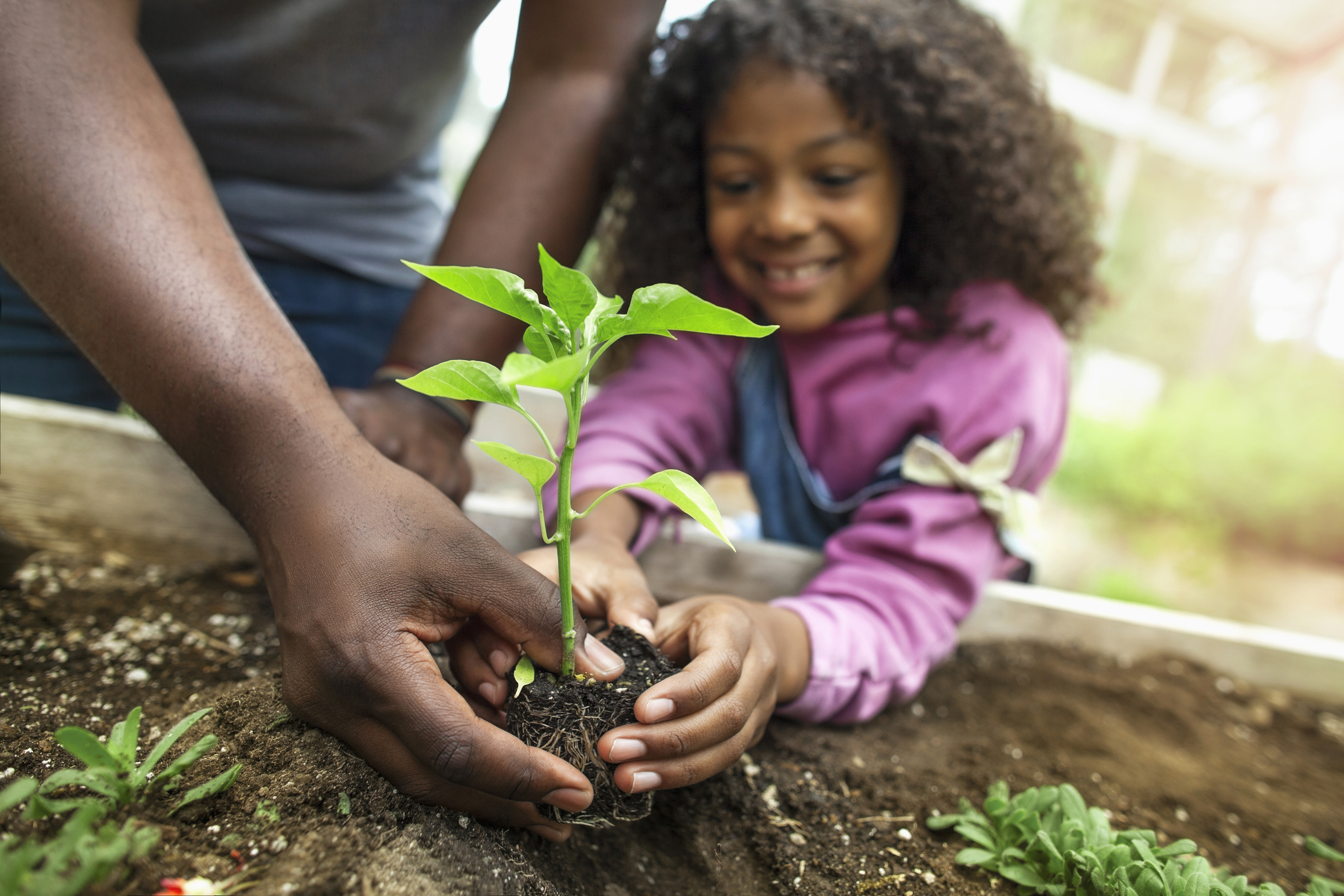
Try buying small plants when starting up your garden. They’re cheaper, yet usually they catch up in a year or two with plants that were bought when larger.
5. Grow From Kitchen Scraps
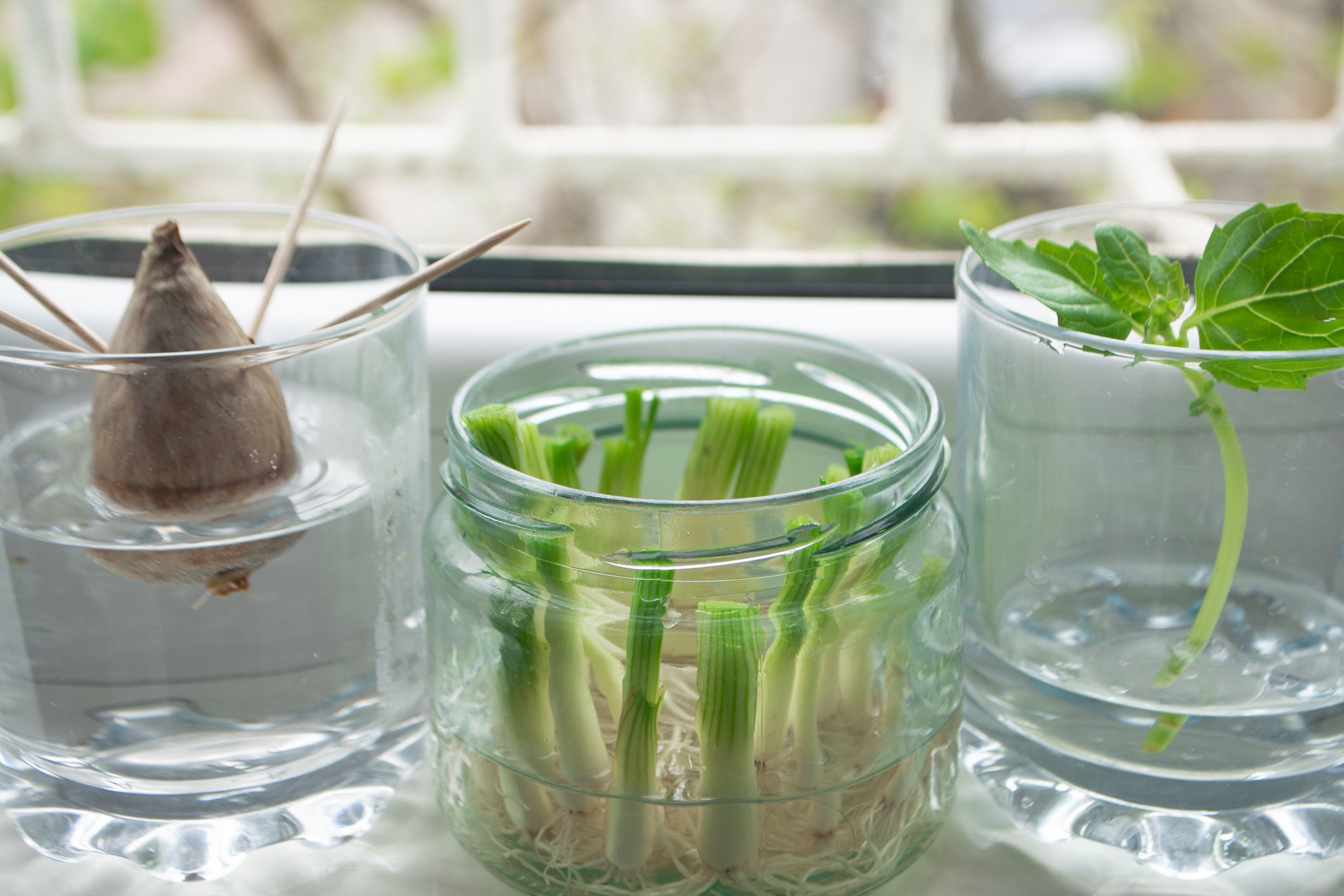
You can make the produce you bought at the store last even longer by planting the scraps. Some of the best veggies to grow from kitchen scraps include lettuce, celery, and onions. Depending on your climate, seeds, such as those from peppers, work as well.
Trending on Cheapism
6. Make Your Own Compost
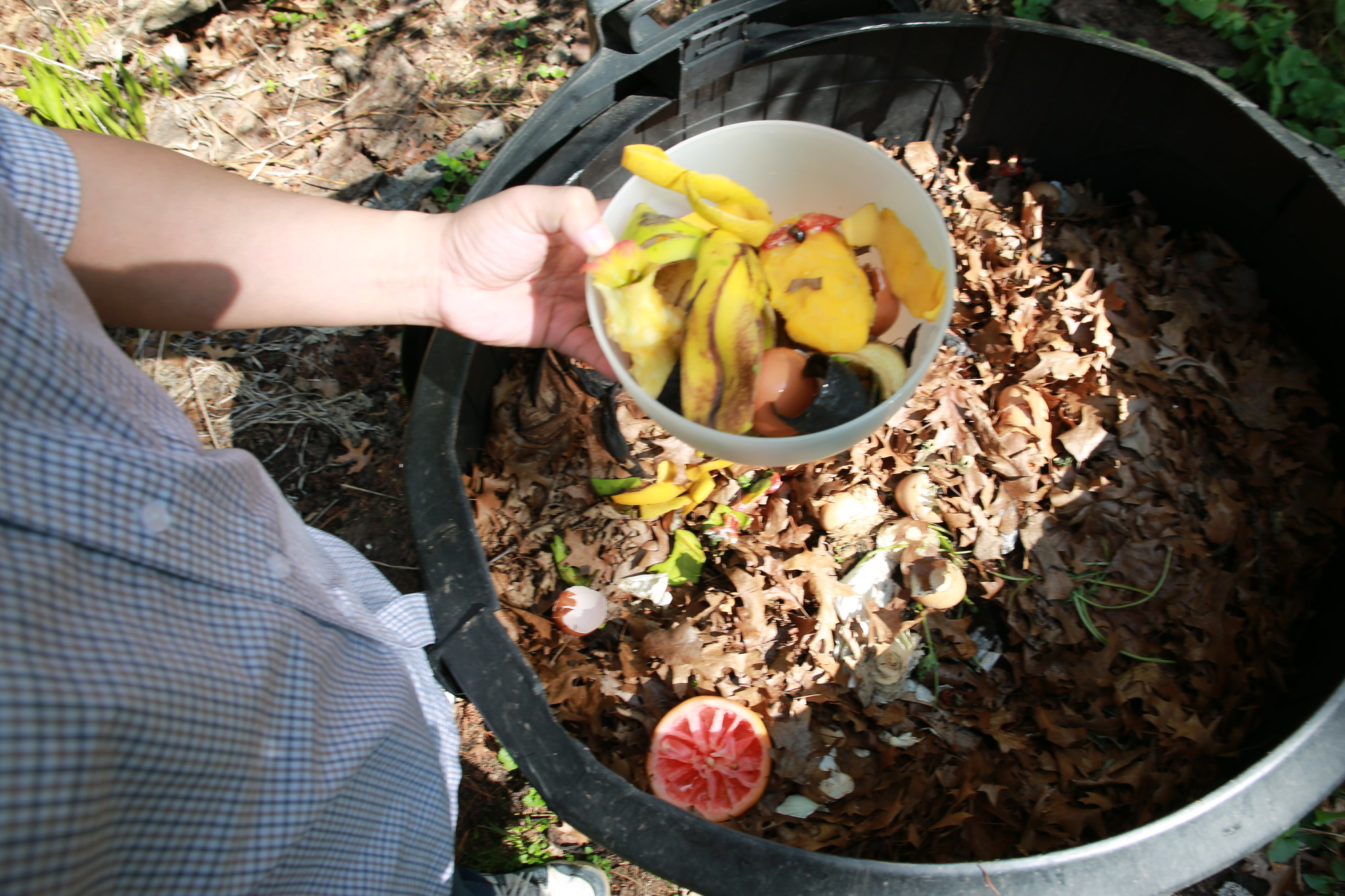
Never pay for compost when it’s so easy to DIY. There are tons of tips out there for Bokashi composting, where food waste is used to create a nutrient-rich soil.
7. Remember Growing Organic Is Cheaper Than Buying Organic
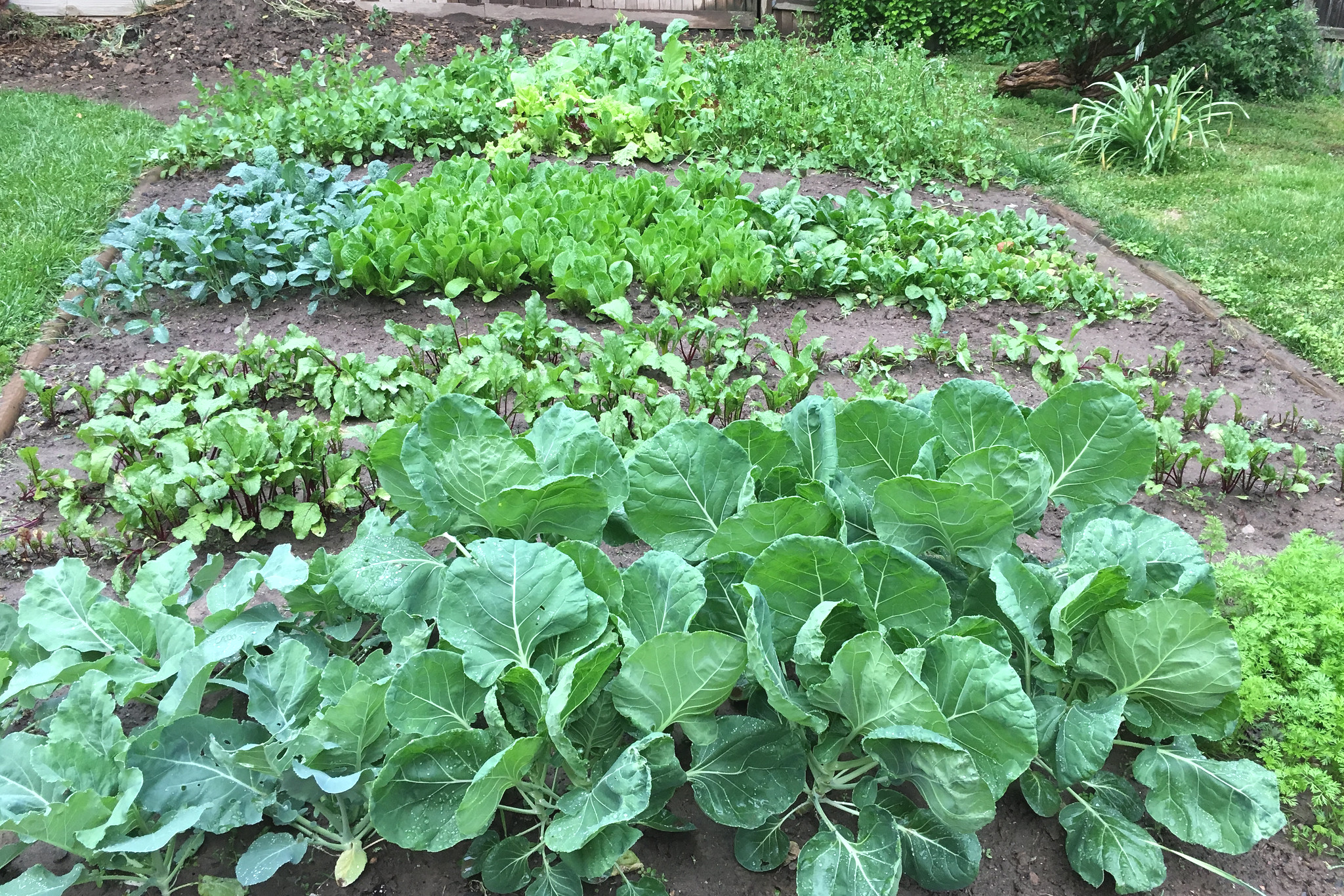
Even if organic seeds may be slightly more costly (it’s estimated 30 to 60 percent more) it’s still worth it to grow your own organic produce. One trip to Whole Foods and you’ll remember why you wanted to garden in the first place.
8. Get Creative With Mulch
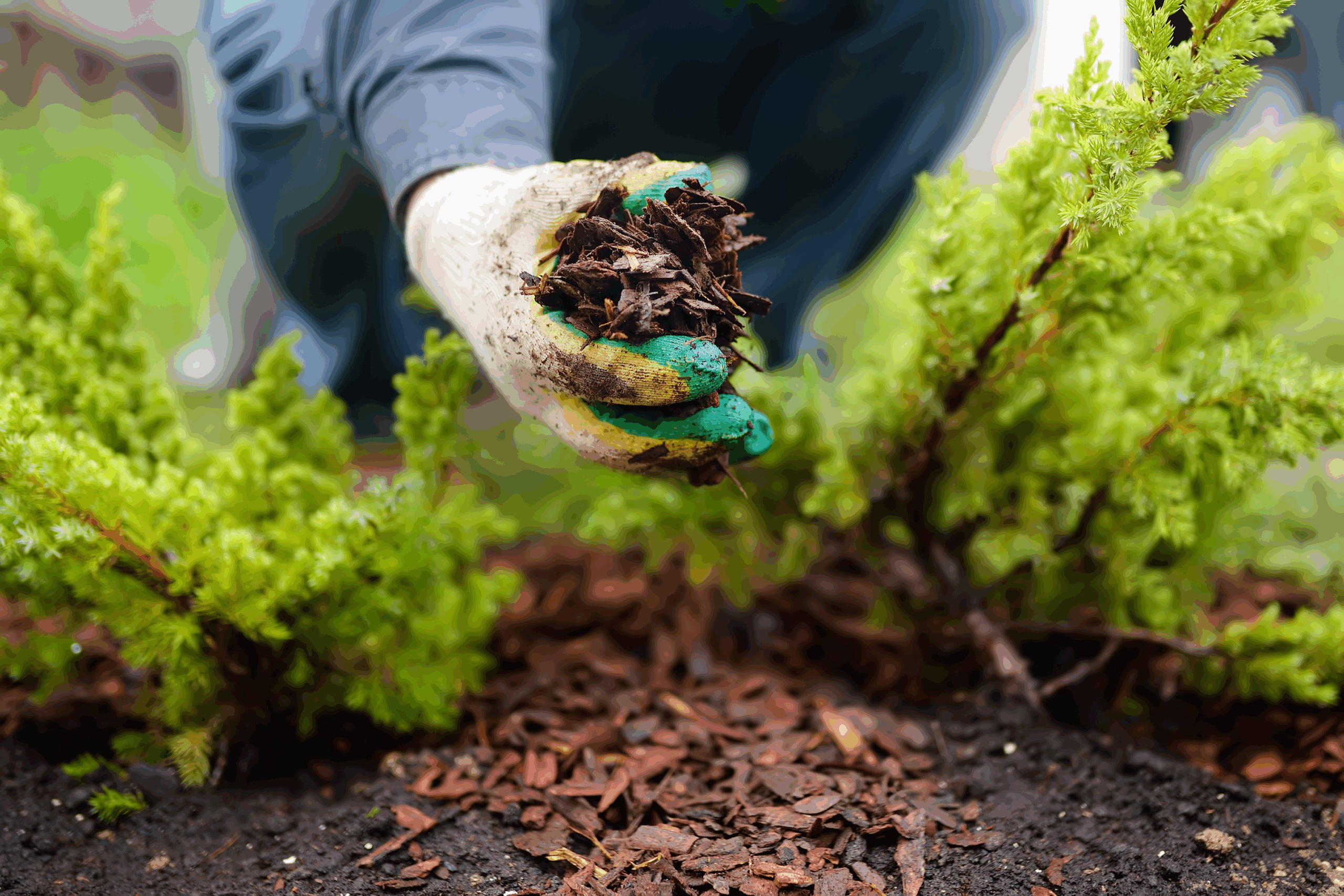
There are so many ways to mulch that will cost you nothing. Shredded dry leaves are completely free. Check to see if your city or town has free wood mulch for residents. There are also wood chip delivery services, such as Chipdrop, that deliver free wood chip mulch from arborists looking to get rid of it.
Sign up for our newsletter
9. Get Used Garden Tools
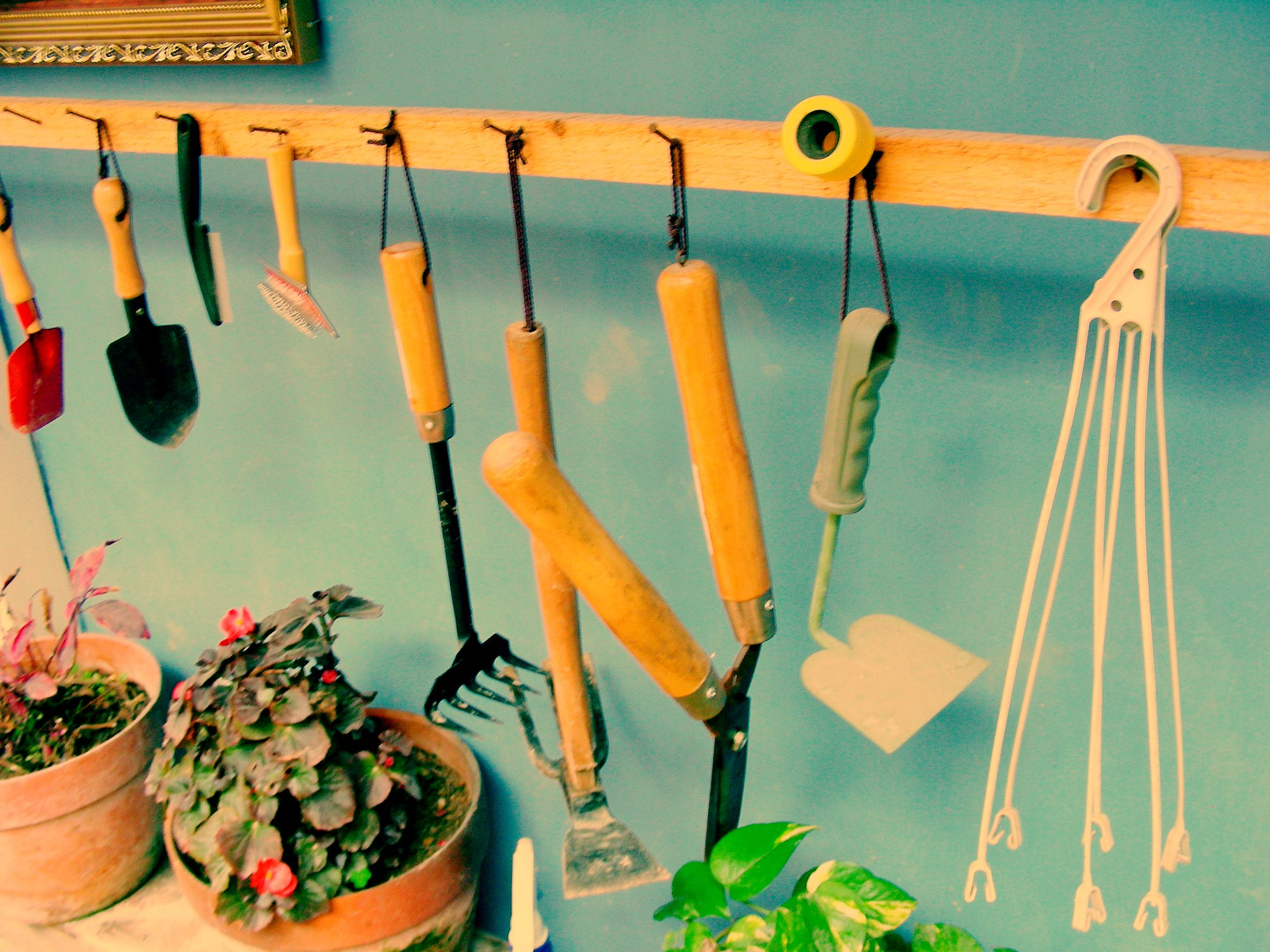
No need to buy something brand new at Home Depot. Join online garden groups and ask around — it’s likely someone has a tool they are looking to get rid of. You may also be able to share tools within a community garden.
10. Grow Some Sprouts
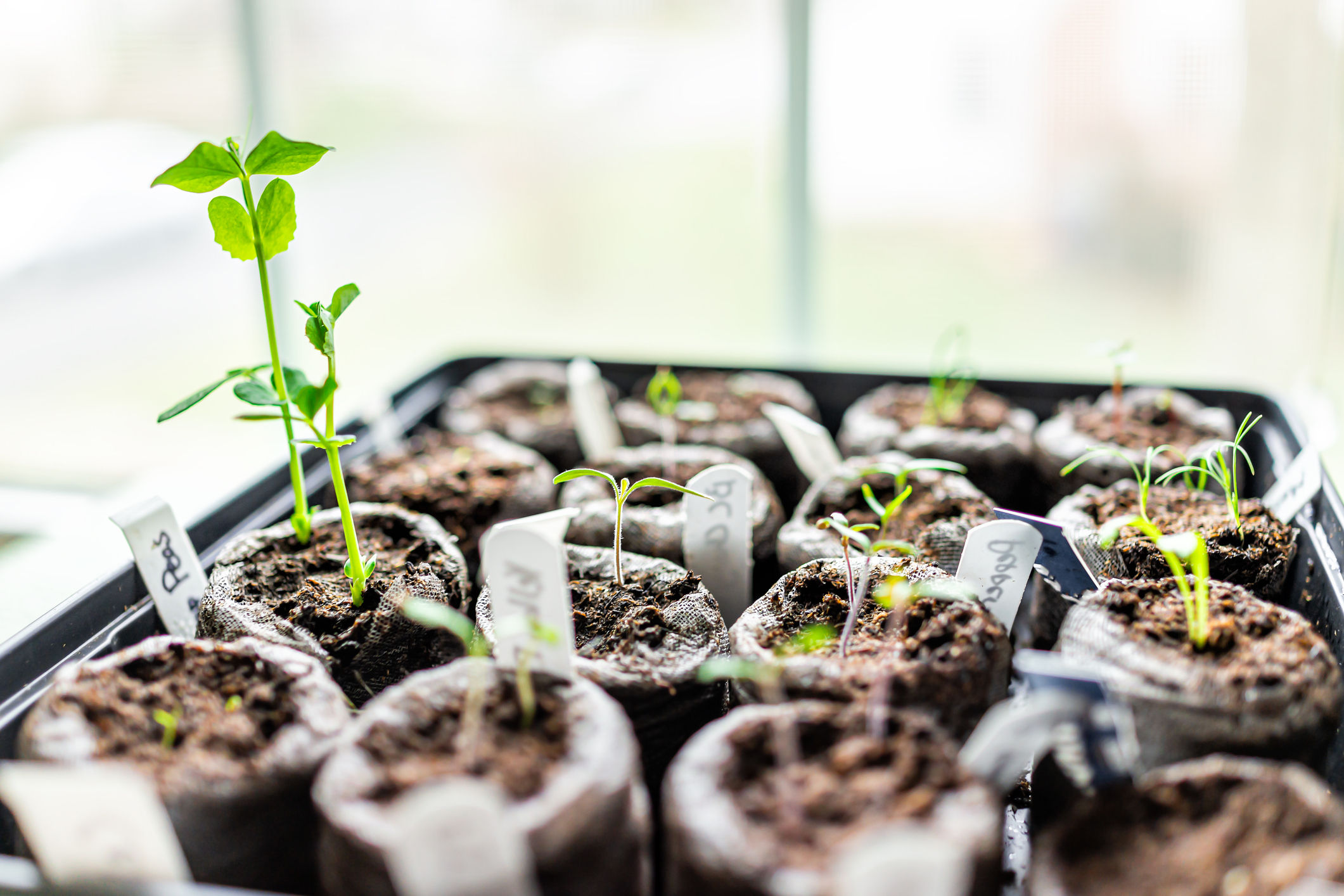
Sprouts are super easy, fast, and cheap to grow. They don’t even need soil. Grow them in a container on the windowsill, and you should have edible growth in about a week.
11. Alliums Are Easy Options

Even if you don’t think you have much of a green thumb, onions, garlic, and leeks all are easy to grow in soil without much work or experience. Easy tip for garlic: Keep a few cloves in the fridge until they begin to sprout leaves, then plant them.
12. Install a Rain Barrel
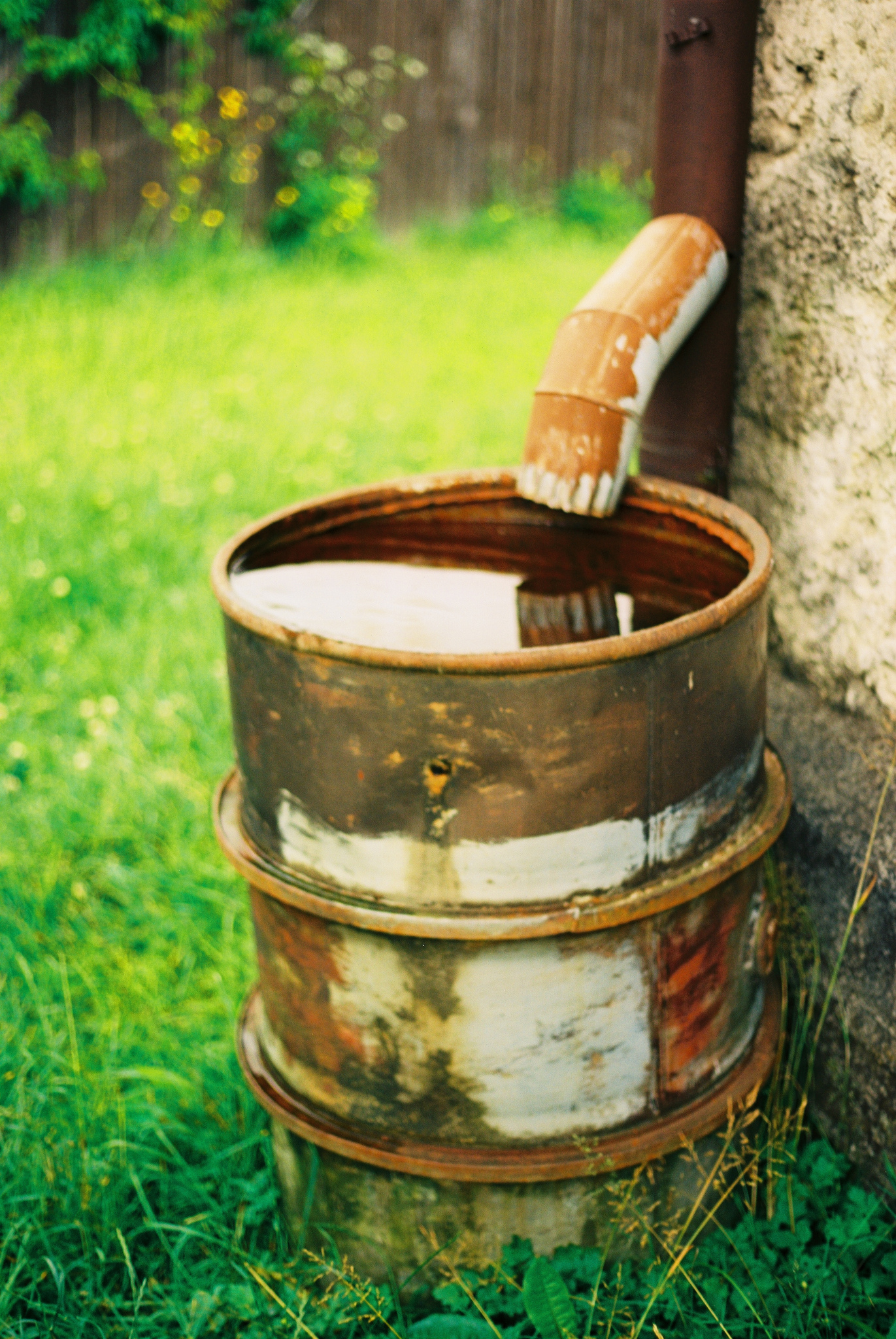
Save water and save money on your bills by collecting rainwater for use in the garden. Place it near a downspout to collect gutter water.
13. Grow the Items You Eat the Most
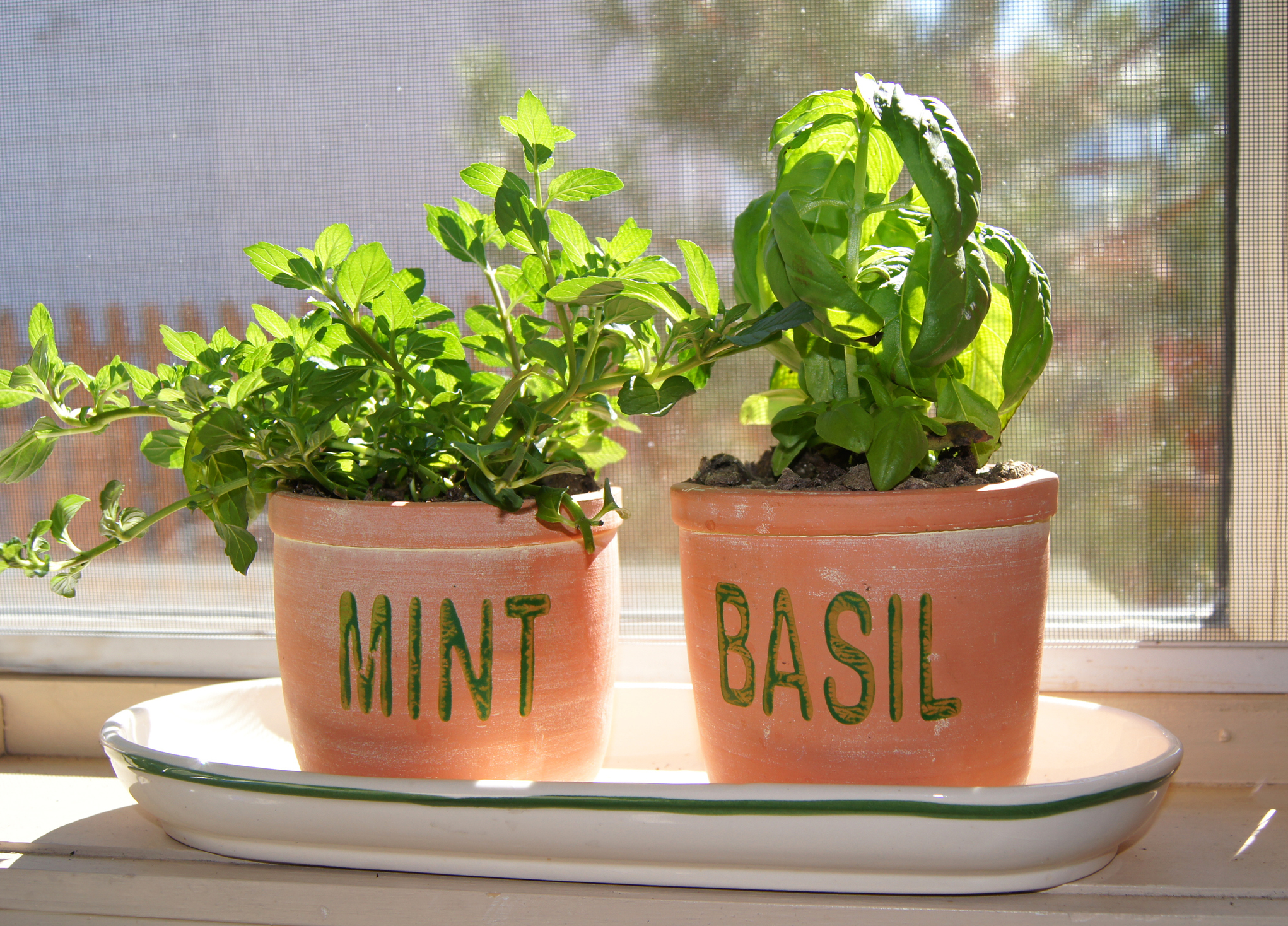
Buying plants can add up, so be smart about what you grow. Think in terms of what will save you the most money. Lettuce and herbs, for instance, can be pricey in the store, so it may make sense to grow those. But really, it’s whatever you eat the most.
14. Keep Weeds Away With Amazon
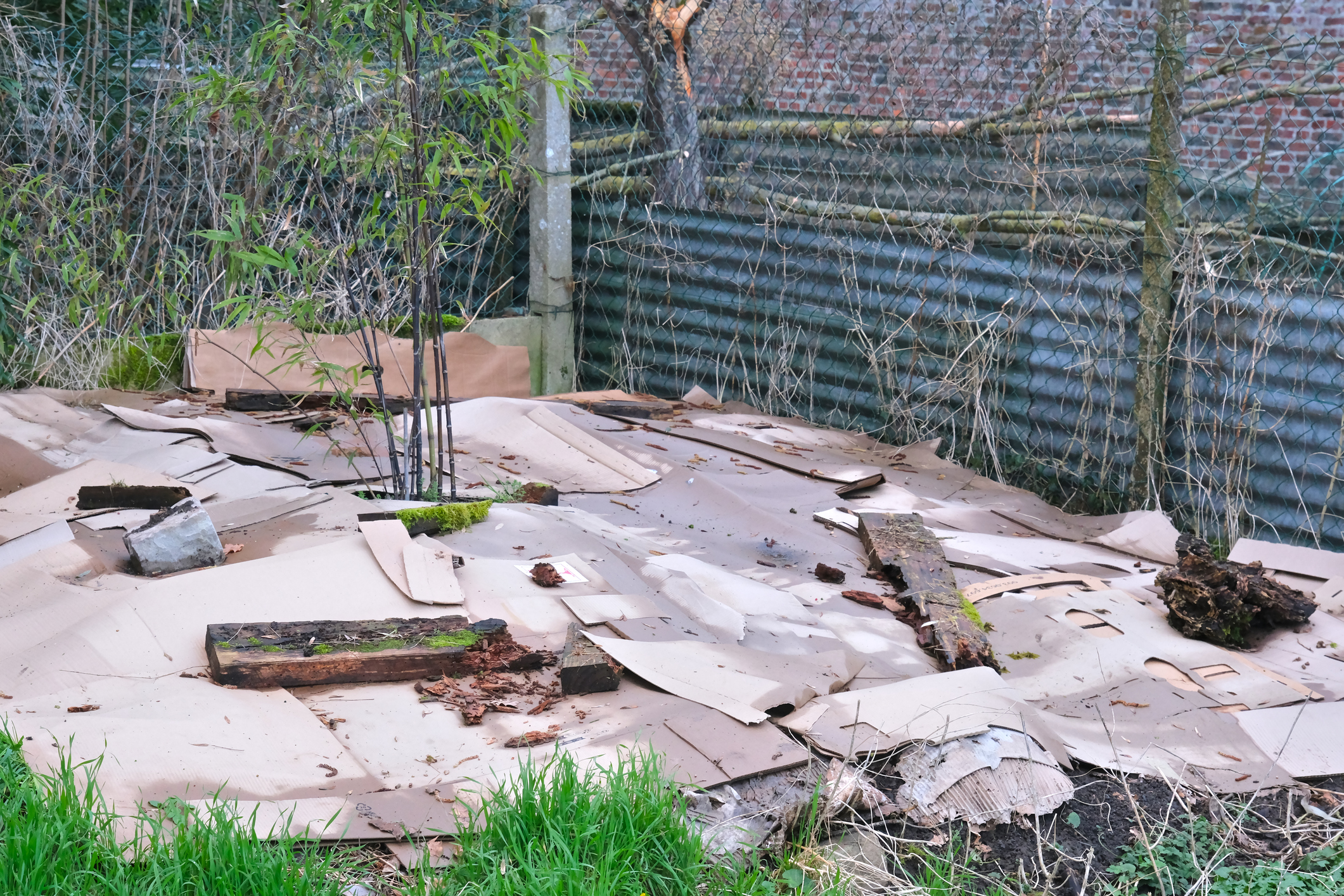
Put down cardboard pieces from all your Amazon delivery boxes (or any delivery box) in garden walkways and around plants to keep weeds away.
15. Sprinkle Coffee in the Garden

Coffee grounds make a great cheap, multipurpose fertilizer option. carrots, cucumbers, peppers, potatoes, and radishes, and blueberries all do particularly well with a dose of coffee grounds.
16. Save Your Seeds
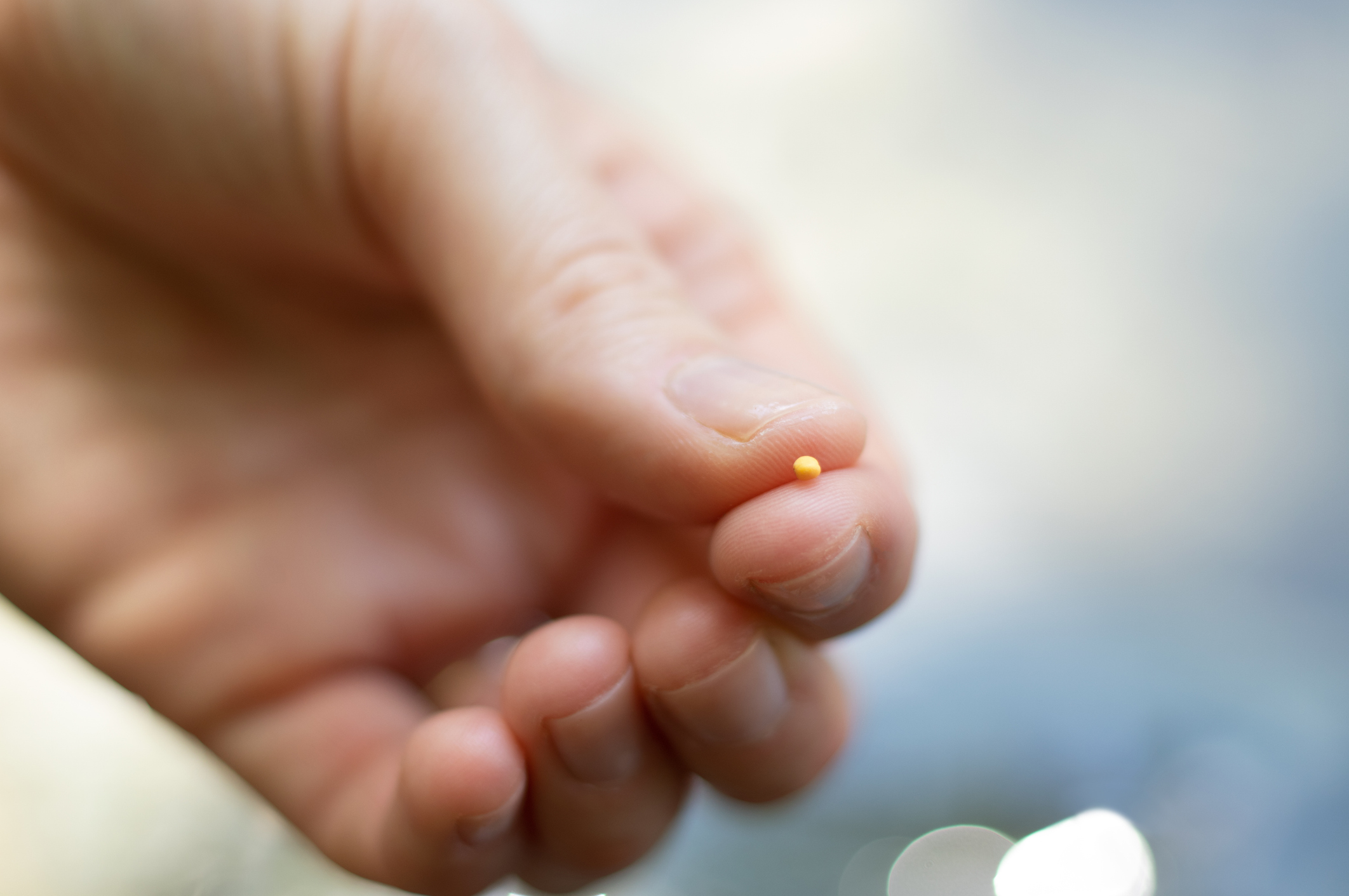
Think about next year and save your seeds. When the flower or fruit begins to dry and wither, collect the seeds to use for next year’s growing season.
17. Multipurpose a Kids’ Swimming Pool
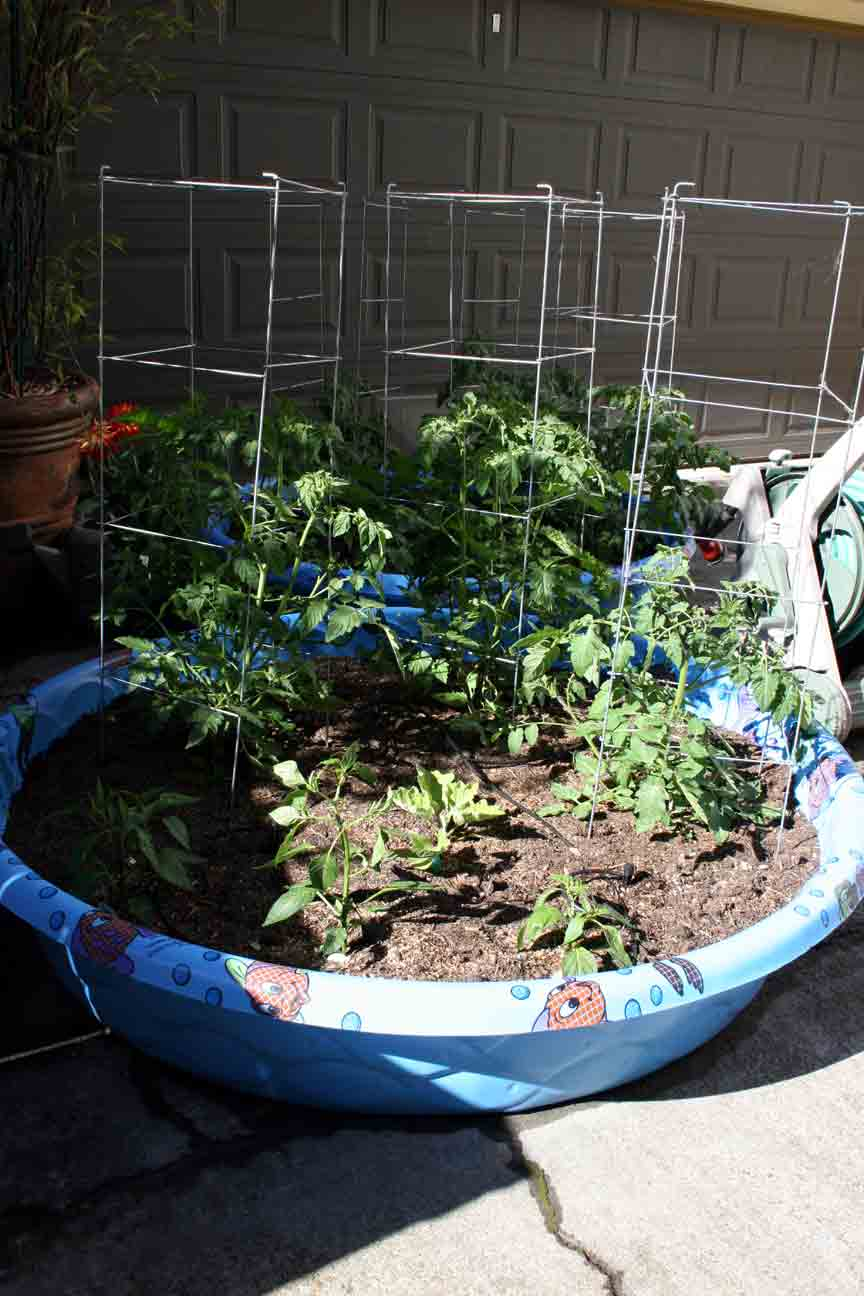
Those plastic kids’ swimming pools make a great garden because they’re basically a giant container. You can plant all kinds of different things in them if you don’t have available ground in your yard.
18. Do Things to Attract Pollinators
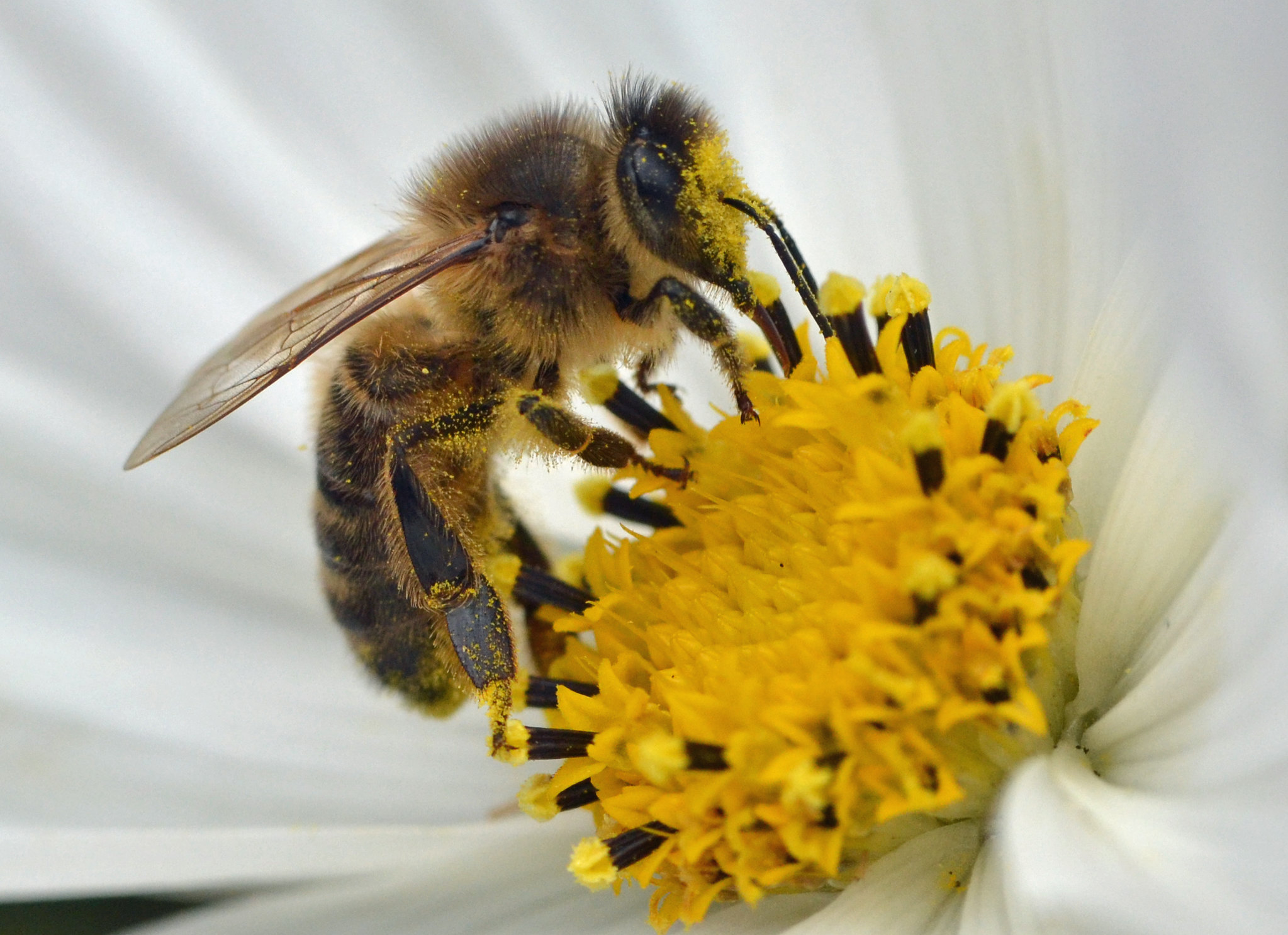
Making your garden more attractive to bees and other beneficial pollinating insects, which can help increase the harvest size of fruits and veggies like melon, cucumber, and zucchini. Grow some plants that pollinators are drawn to, such as yarrow, bee balm, and flowering chives.
19. Learn How to Preserve What You Grow

If your garden ends up growing more than you even imagined, make sure you don’t let anything go to waste. There are numerous ways to preserve produce. Freezing is easiest, but dehydrating and canning fruits and veggies are also great options for making sure your harvest doesn’t go to waste.
20. Grow Longer With Cold Frames

A cold frame is basically a cheap mini greenhouse. They require less space, less money to make, and can extend the life of the growing season by allowing it to start earlier and end later. Cold frames are relatively easy to make in a few hours with items like old windows, spare lumber, PVC pipes, or sheets of vinyl.
21. Make Your Own Pest Deterrent
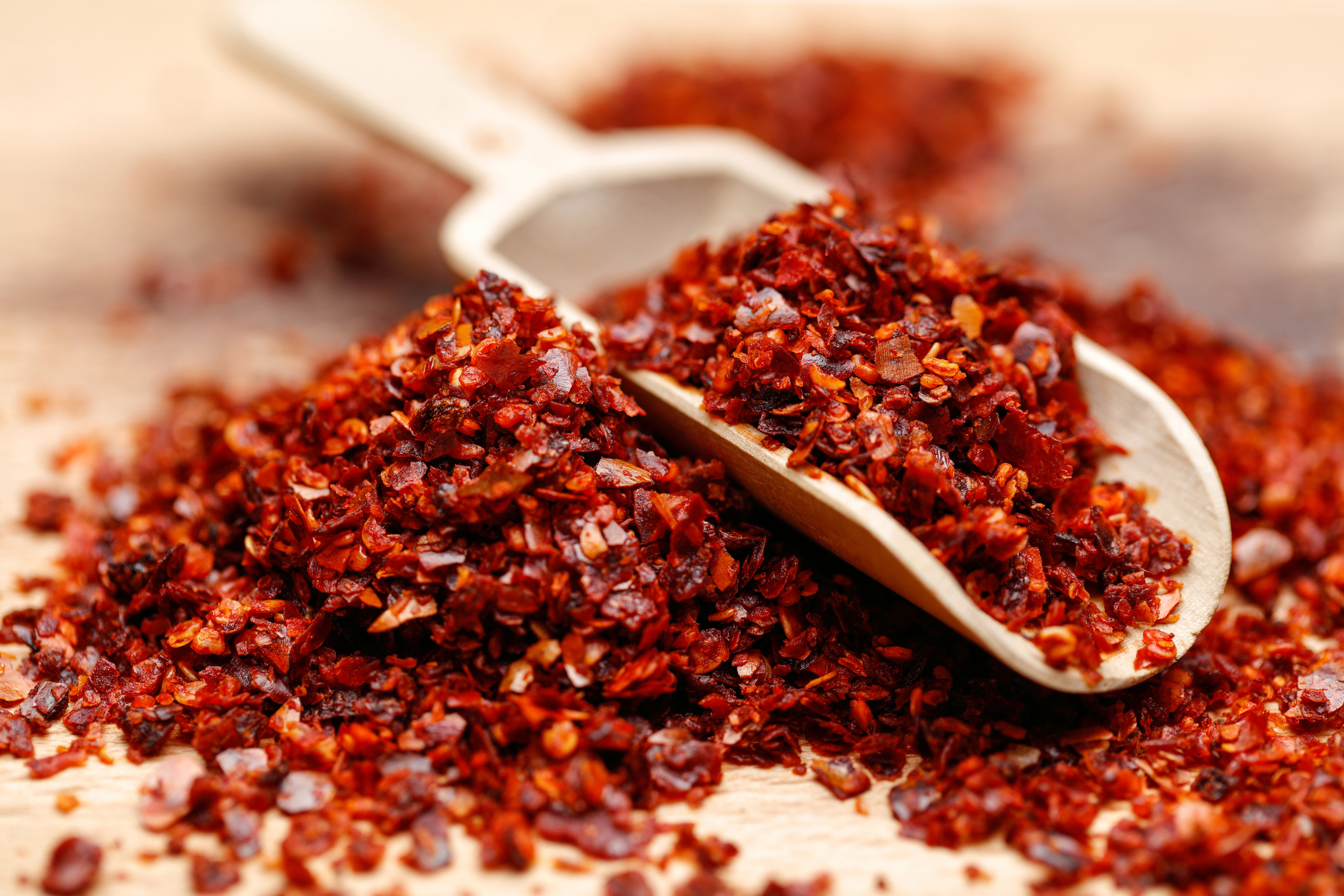
There are plenty of tips out there for deterring pests without heading to the store to buy something premade and expensive. Some options include dishwashing liquid and water to keep some bugs away, or sprinkling chili pepper or garlic. It’s not only cheaper, but avoids use of chemicals and herbicides.
22. Grow Low Maintenance But High Yield Plants

Get more for your money and time by planting easy-to-care for veggies that also tend to produce a large amount. Tomatoes, peppers, cucumbers and squash are all good options, as are salad greens and herbs.
Want more cheap gardening tips? Be sure to sign up for our free newsletter.
